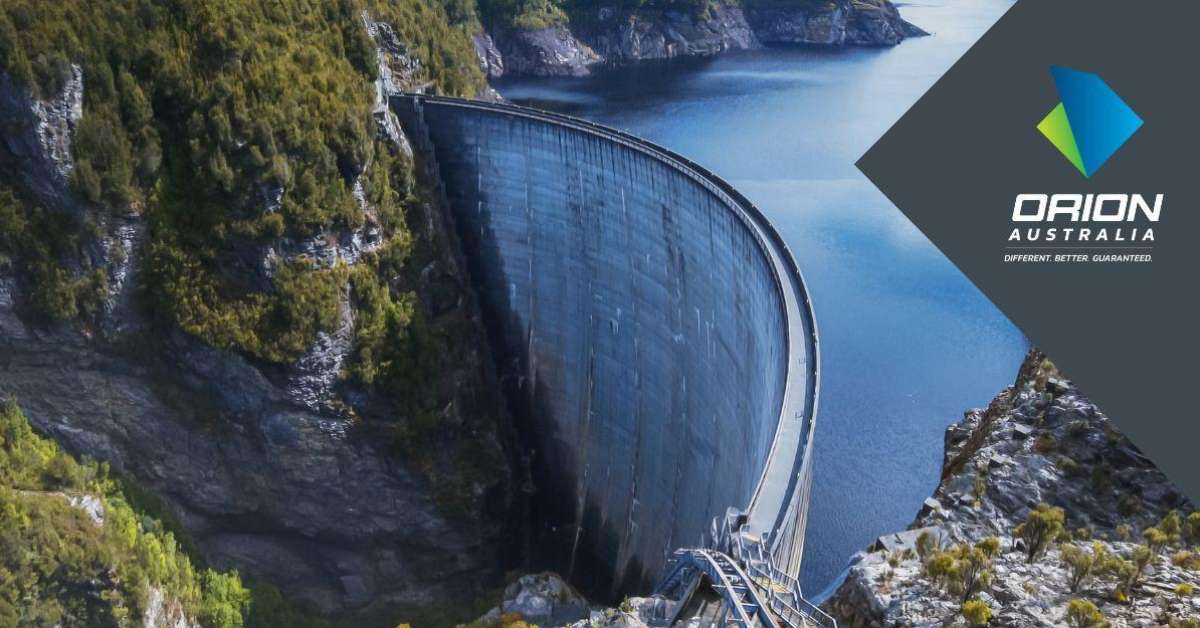07 February 2024
Water Water Series: Innovative Ways to Use Water for Energy Generation
Water stands out as the world’s biggest renewable resource, constituting 70% of the earth. However, only a small percentage of this resource is tapped for energy production. This article explores how various places around the globe have been utilising water for energy production.

When discussing renewable energy, one often hears about its downsides. A significant reason for this is likely because of the unpredictability of many renewable sources. The challenge lies in storing the excess energy during abundant periods for later use. A critical aspect ensuring an uninterrupted and steady supply.
Hydro Power has been utilised for various purposes since ancient times. Harnessed water created energy for mechanical processes, such as milling grains and the cutting of timber. Ancient Romans constructed turbines for tasks like grinding grains to produce flour. Even in Australia, water mills have provided the energy that powered diverse activities such as processing food and cutting timber. The energy generated reduced the labour required and increased efficiency.
When the industrial revolution came about there was an increase of other energy sources like steam and electricity. While the water mills were no longer the primary source of power many have retained historical and cultural significance. While hydropower has evolved significantly over the years the fundamental concept of harnessing the energy from flowing water remains the same.
Examples of how Water is used for Energy Today
Turbines
Water must be flowing to harness the energy from the water, and it must be controlled. To provide energy on a large scale a large reservoir will be created, usually by damming a river to create an artificial lake or reservoir. Water is then channelled through tunnels in the dam.
The energy of water flowing through the dam's tunnels causes turbines to turn. The turbines make generators move. Generators then produce the electricity. Common objections to hydropower projects are that they can have a huge impact on local ecosystems. An adaption for fish-friendly designs has led to new turbines designed in recent years with a high percentage of fish remaining unharmed. 3D trackers have also been suggested to monitor fish behaviours.
Wave Energy (Searaser)
The Searaser is a simple design and uses cheaper components compared to other wave power devices which ends up being cheaper for those who use its power. Compared to solar and wind power storing excess energy is more convenient leaving the elevated water in the reservoir ready to use when in demand. Under ideal conditions, one of the Searaser models can provide power to 17000 homes.
Tidal Power
Tidal Barrages, fences and turbines can all be used to generate power from the tides. The benefits of this type of power source are that the tides are easily predictable, allowing you to know exactly when and how much power is attainable and can help in areas that are low-lying and prone to flooding. The drawbacks are, that it can alter the quality of seawater and the development costs are high making it hard to justify the spending when it has environmental implications. It’s not a one-off solution as it needs lots of tides to produce power but is a contributor to low-carbon electricity.
Innovation in Energy Harnessing
Innovation continues to drive advancements in how we harness energy from water, offering the potential for new and more efficient ways to harness energy globally with the capability to have little environmental impact.


